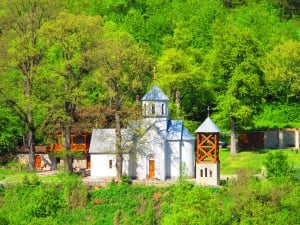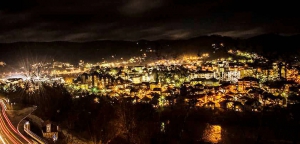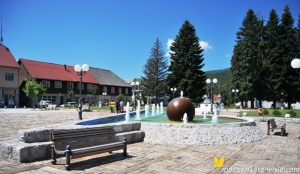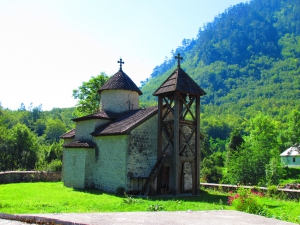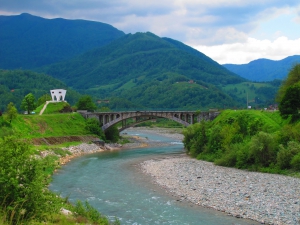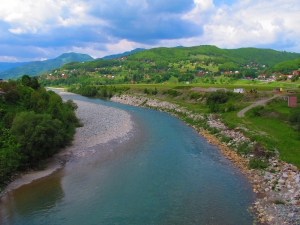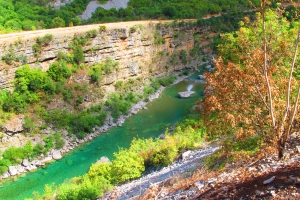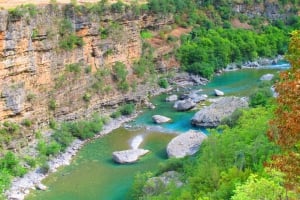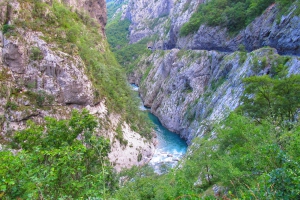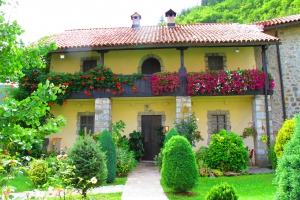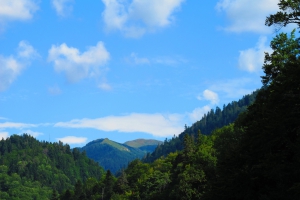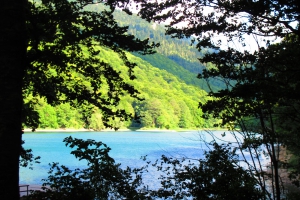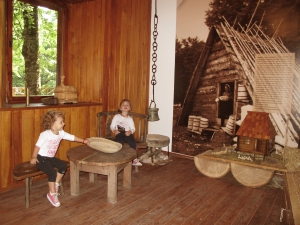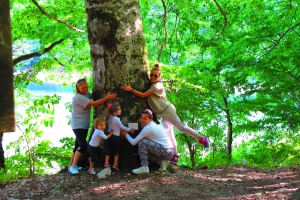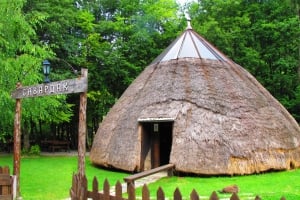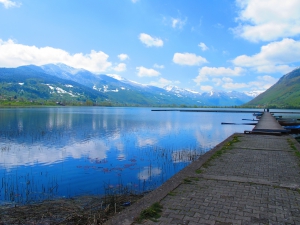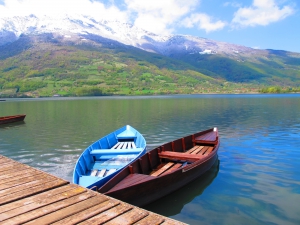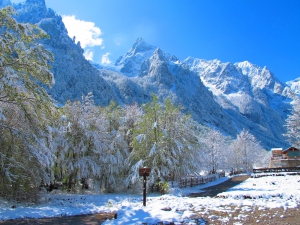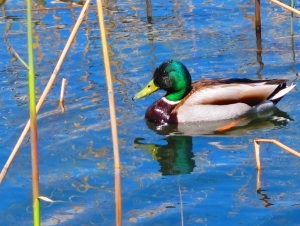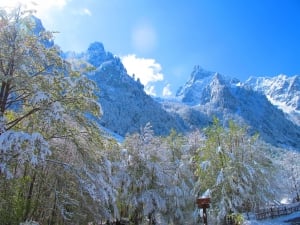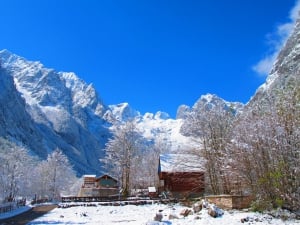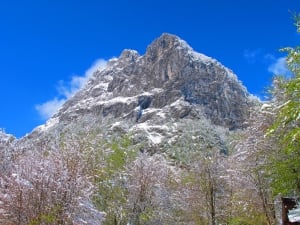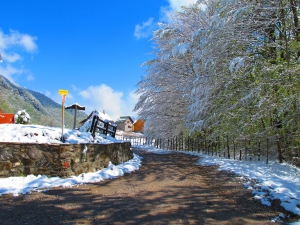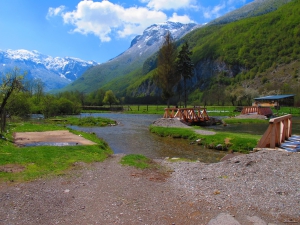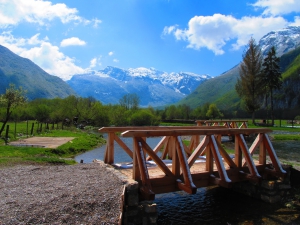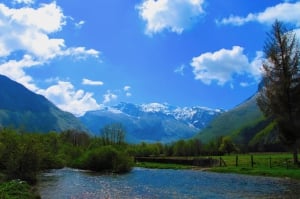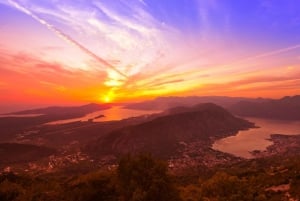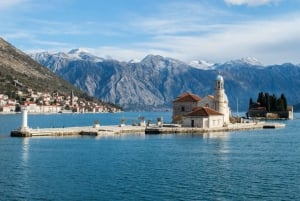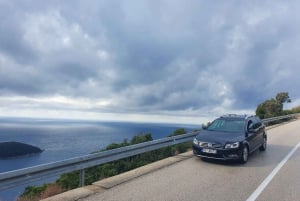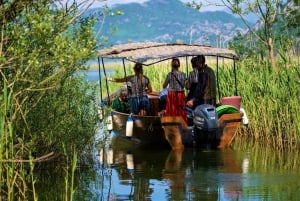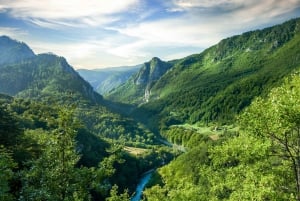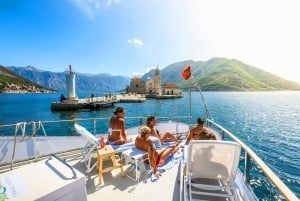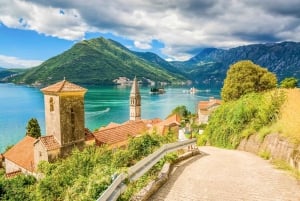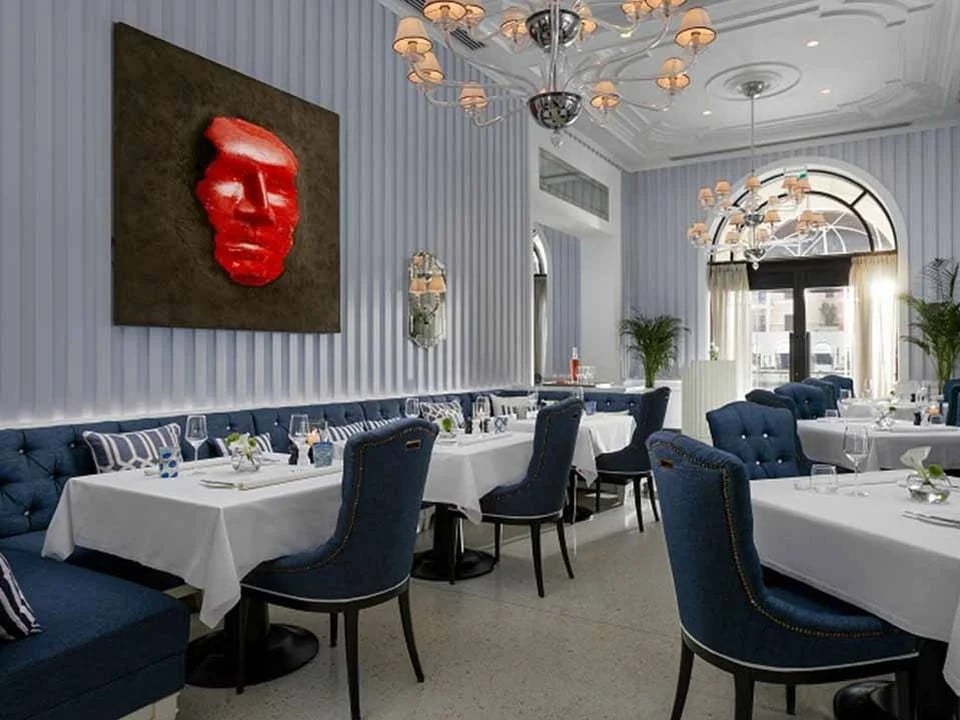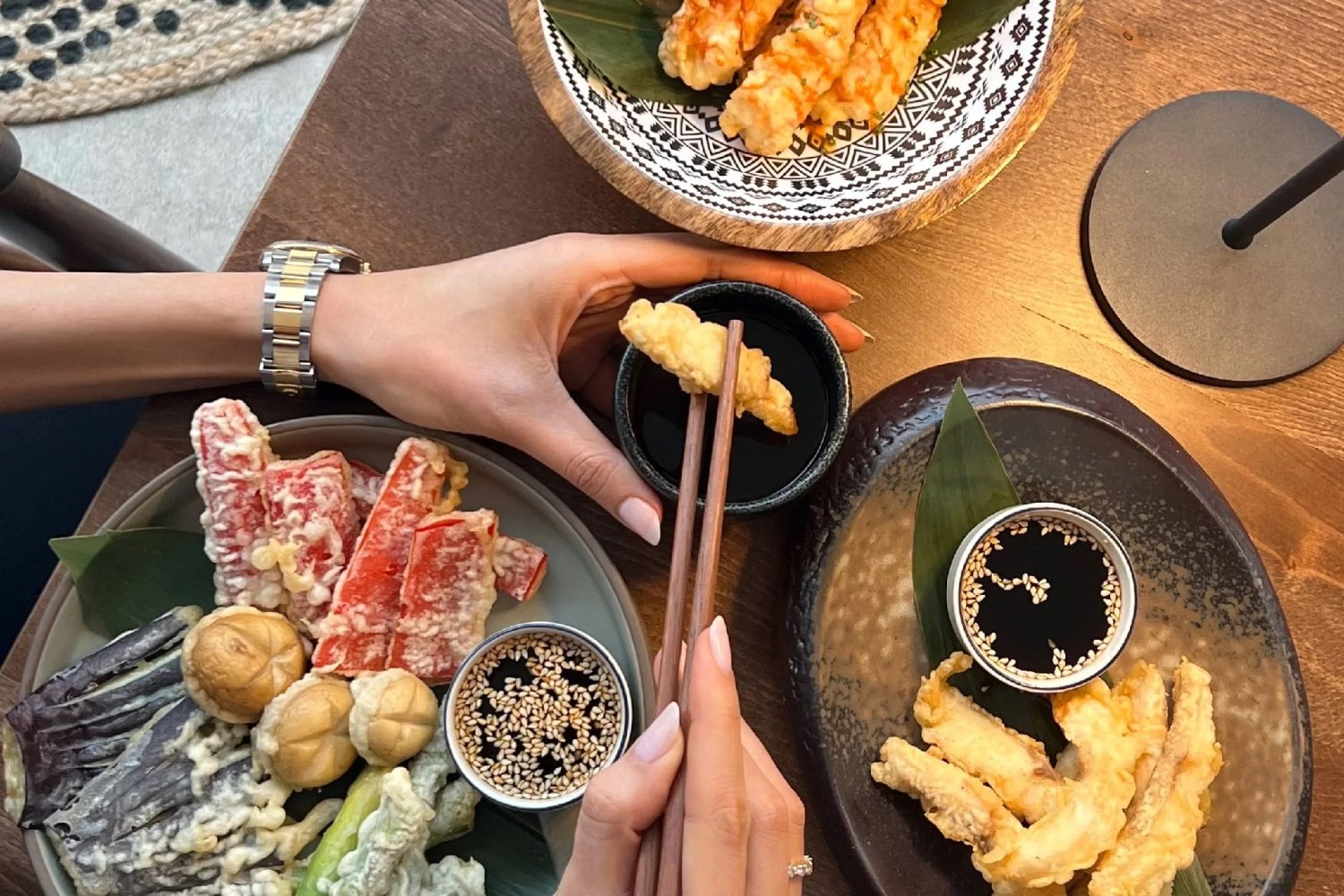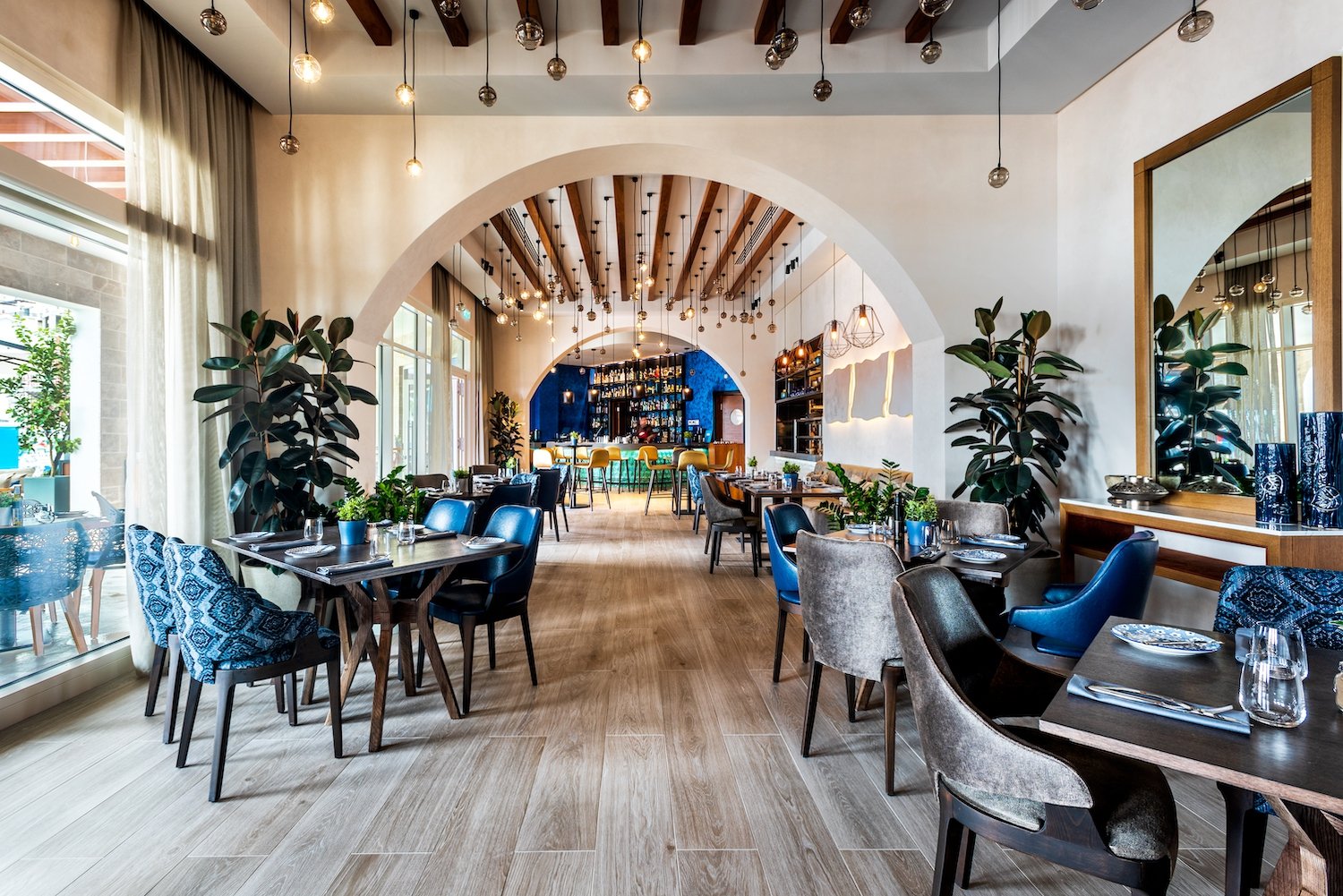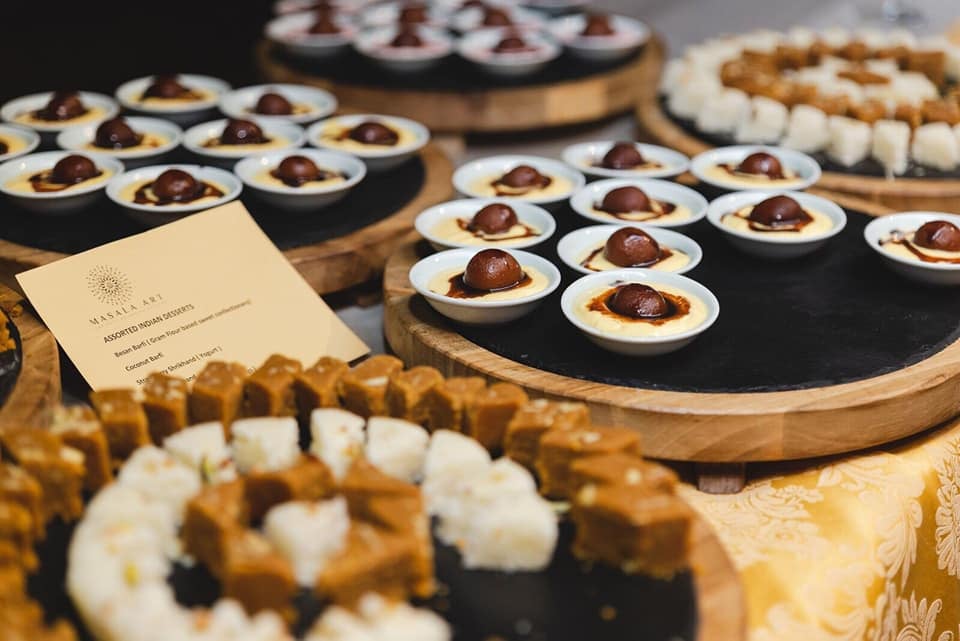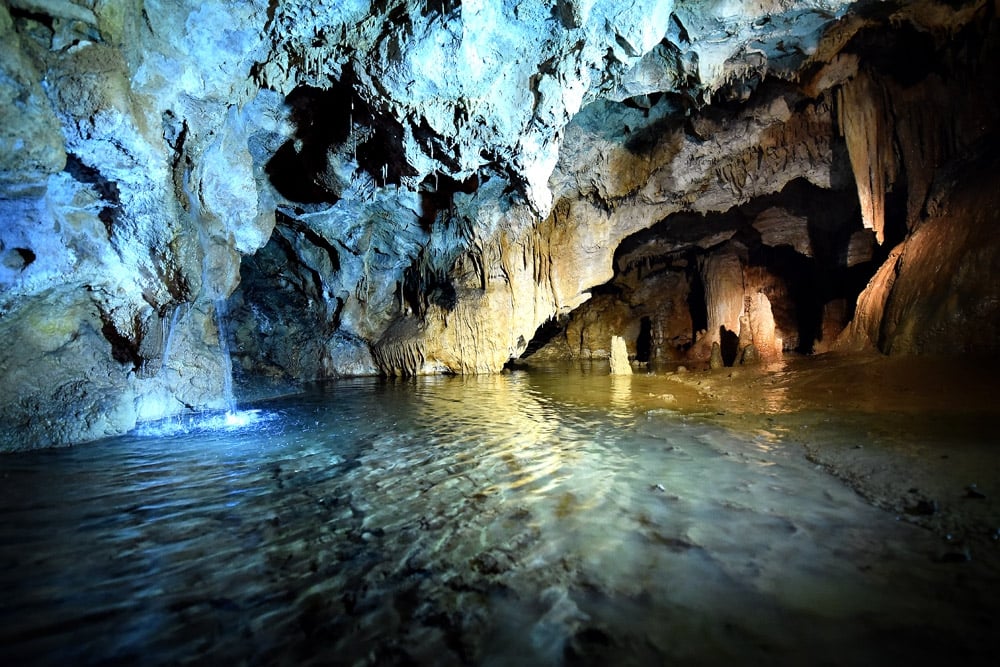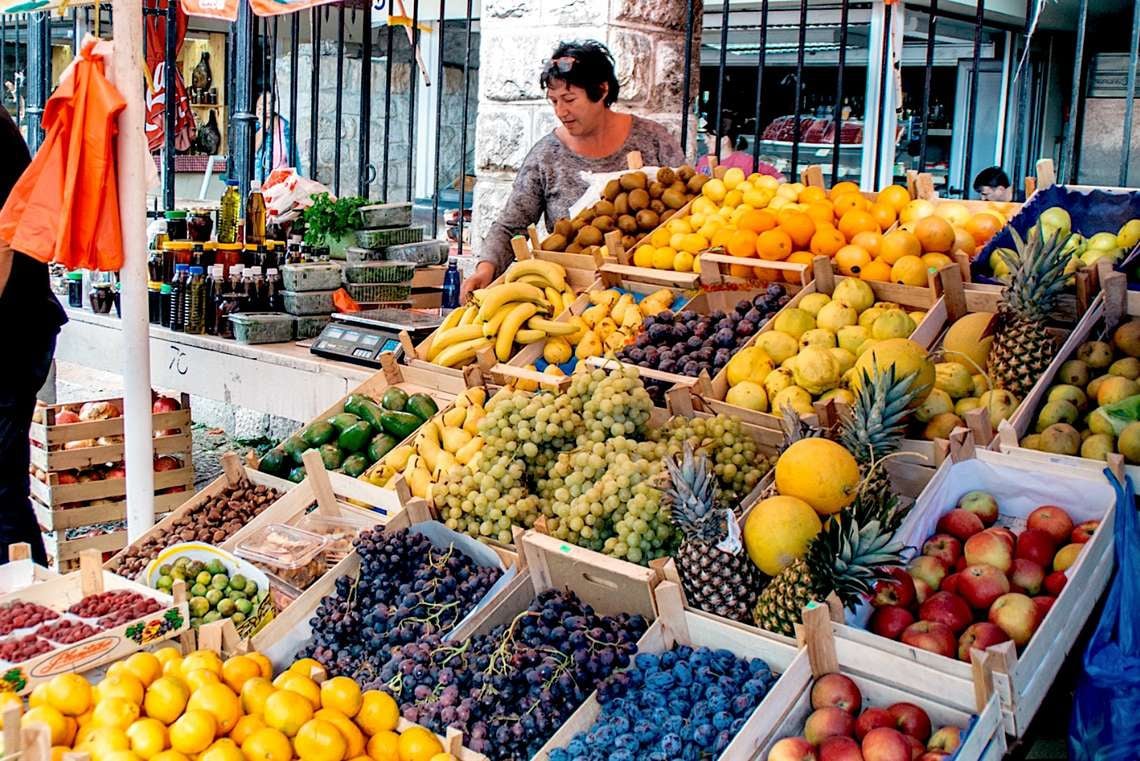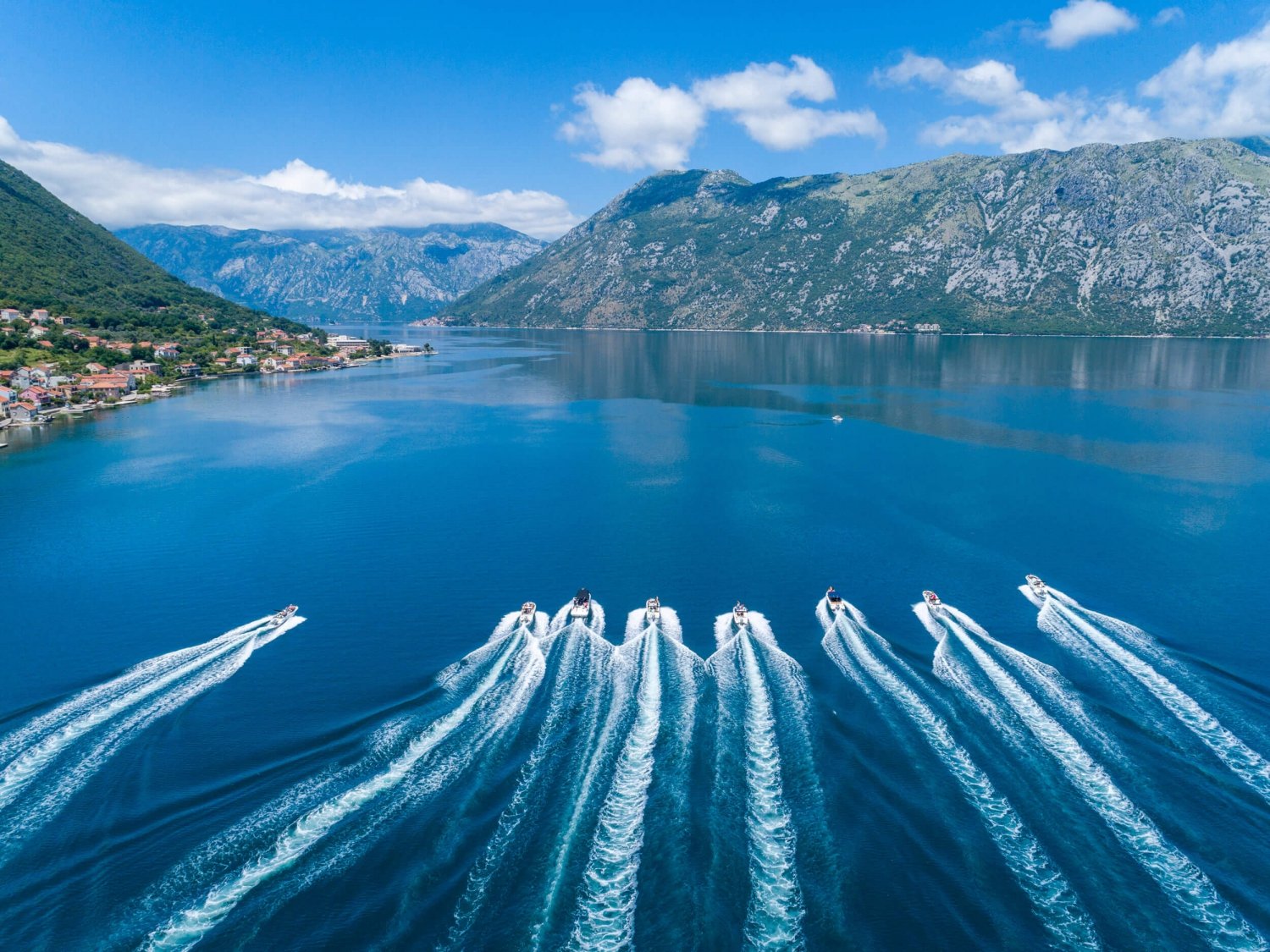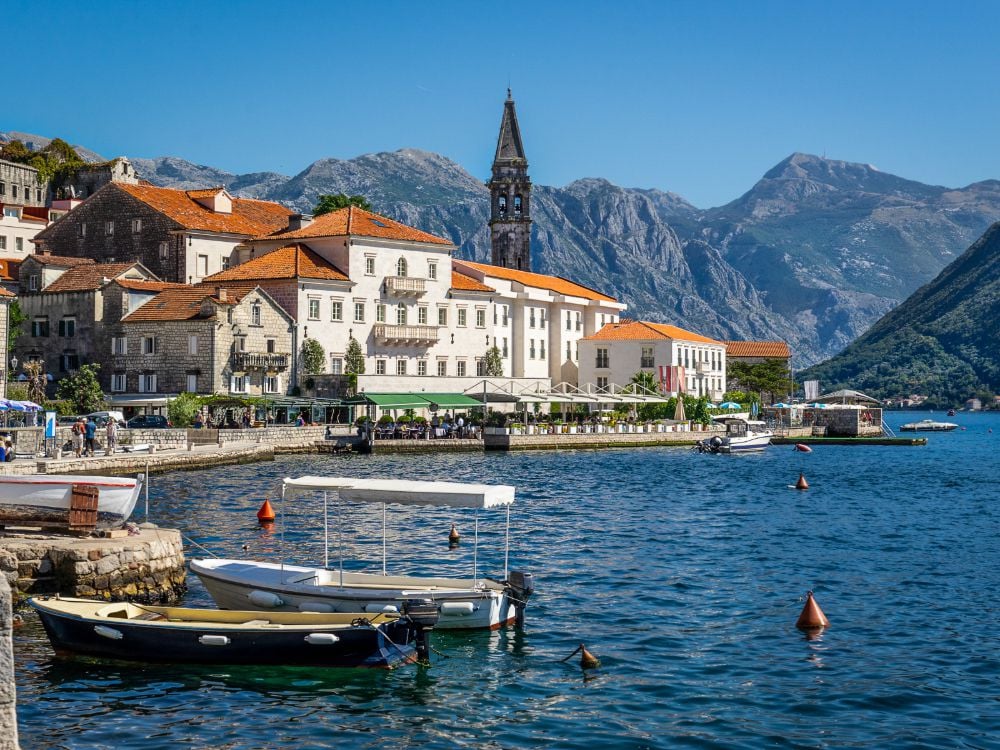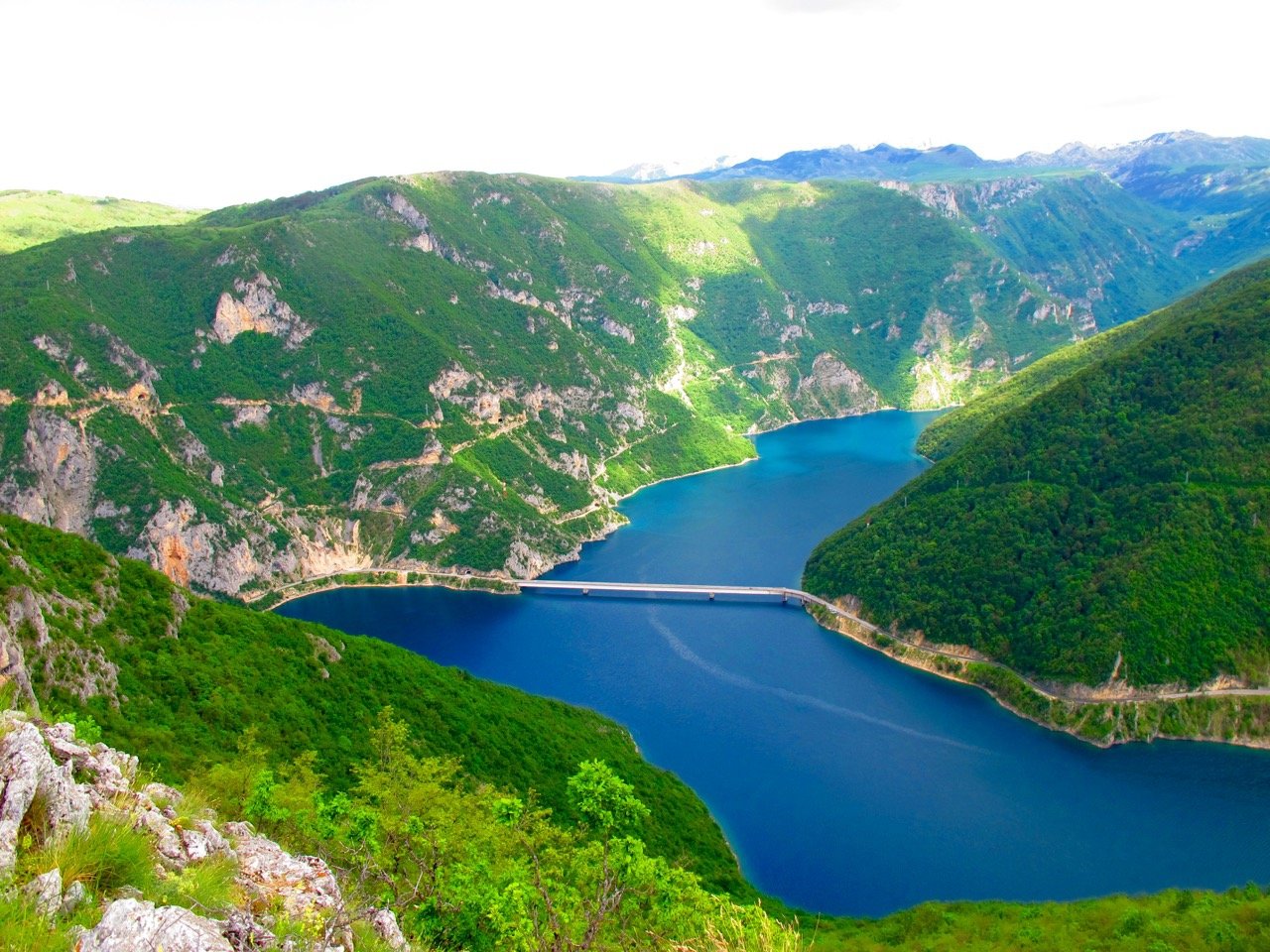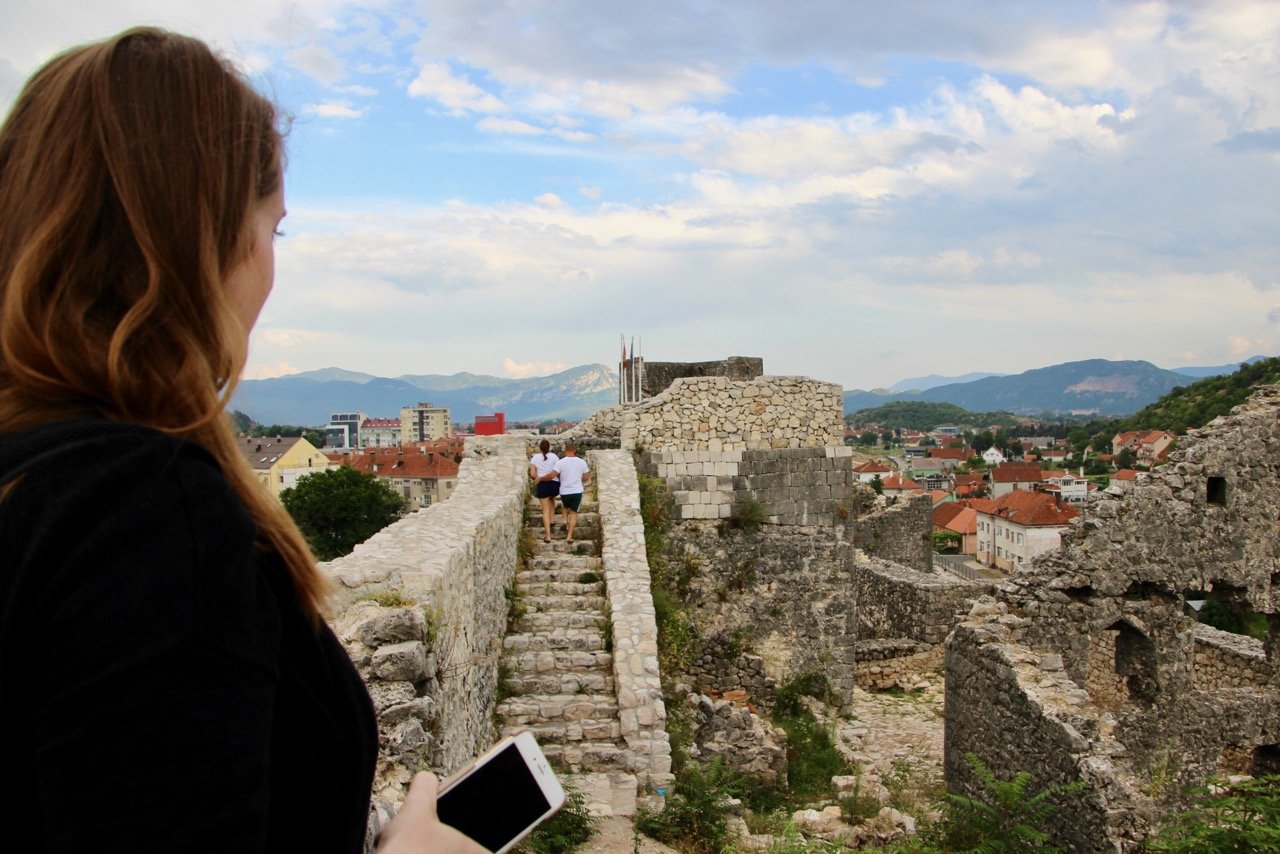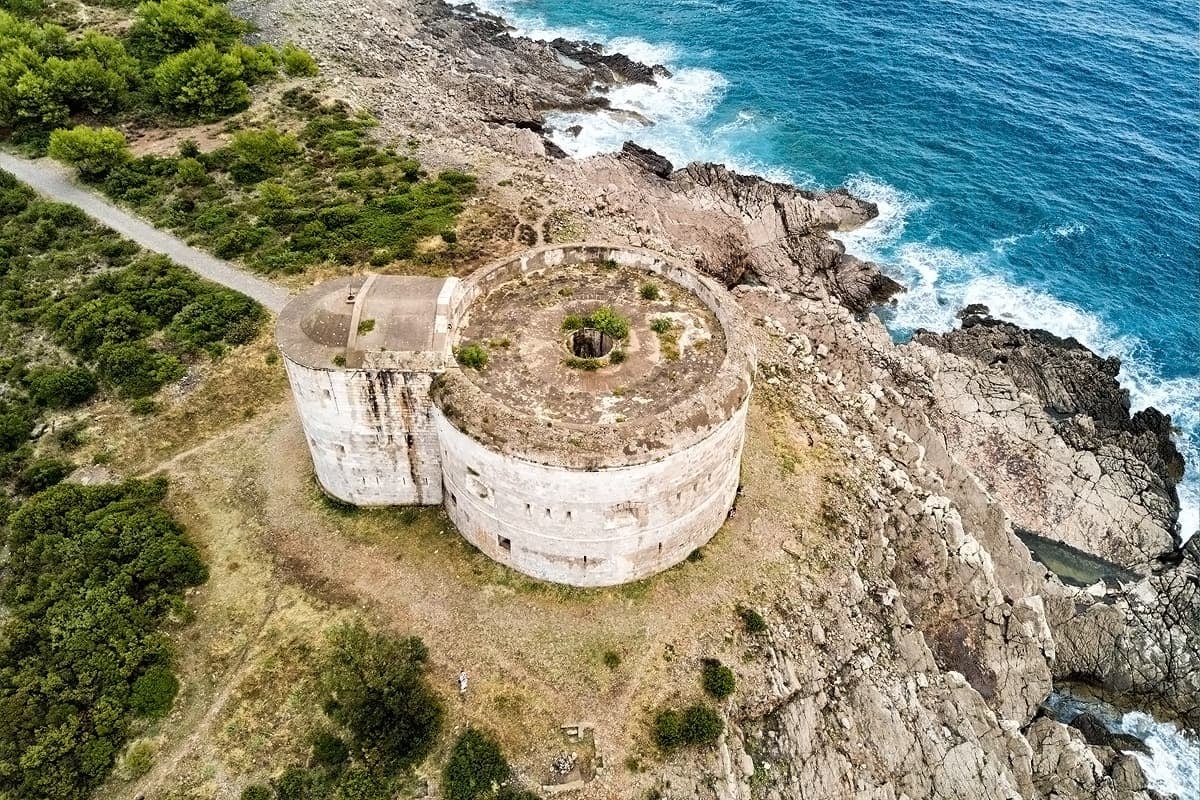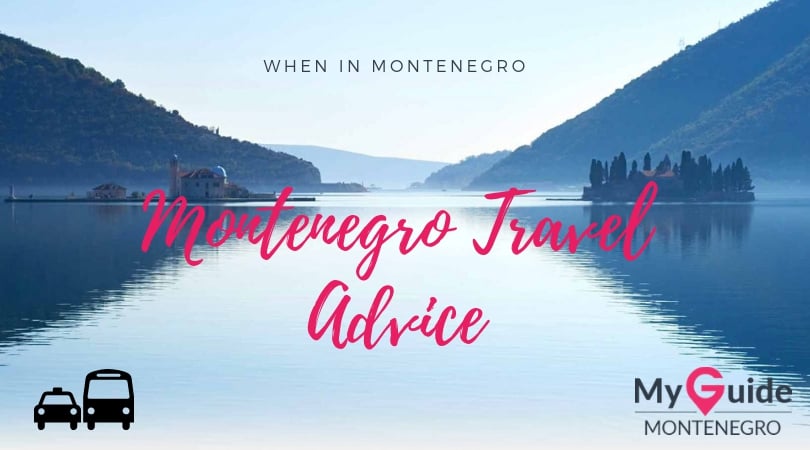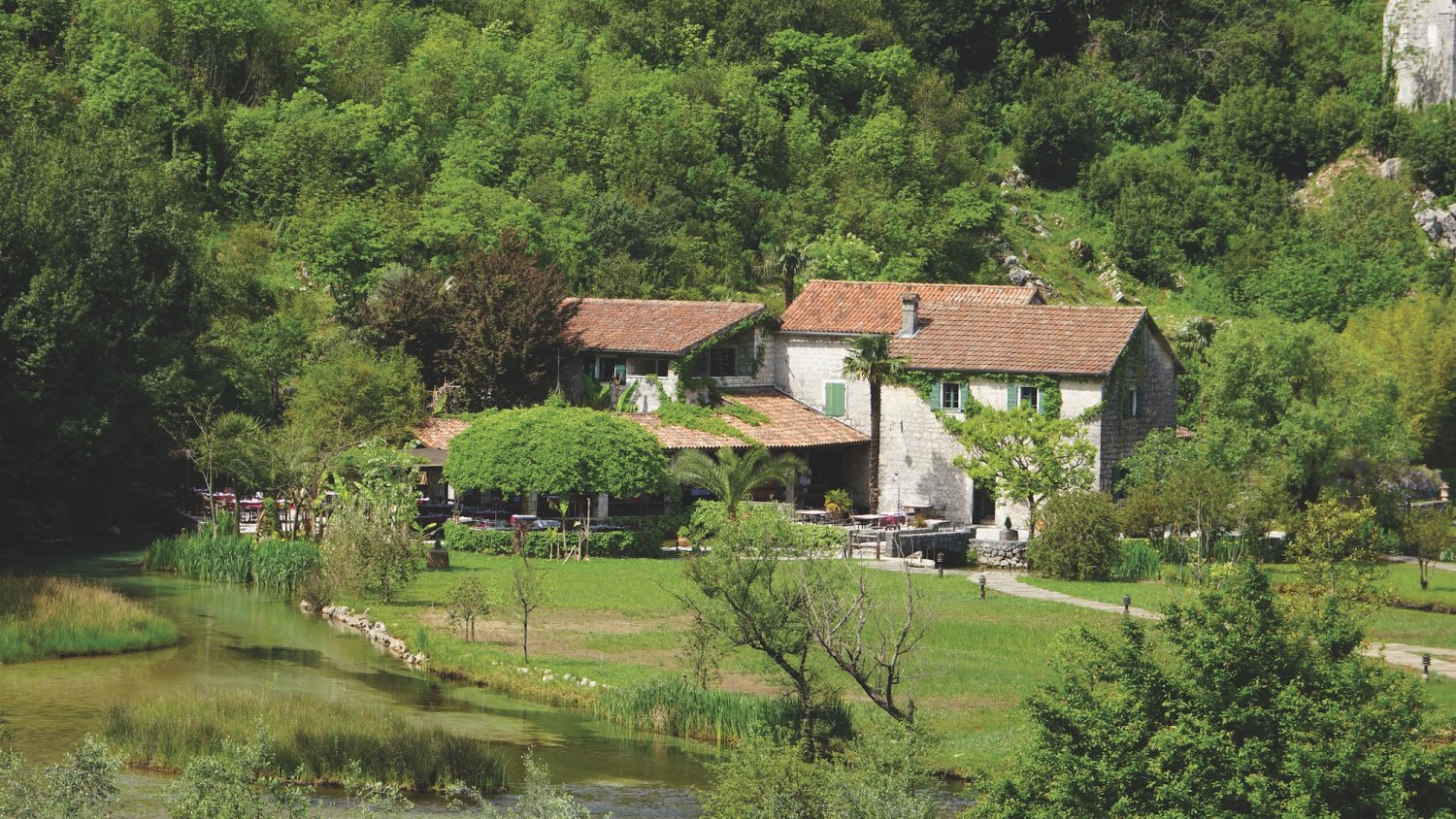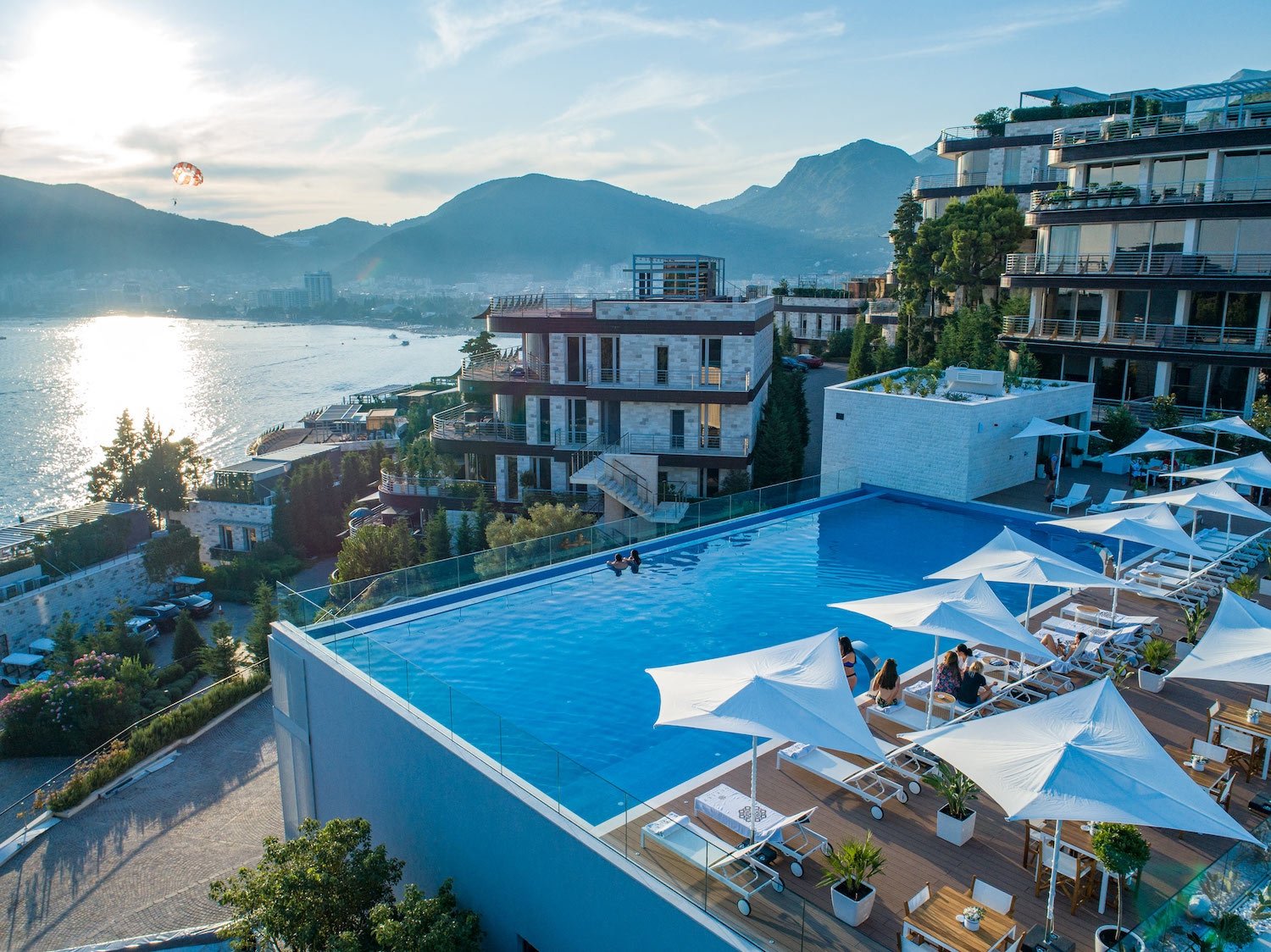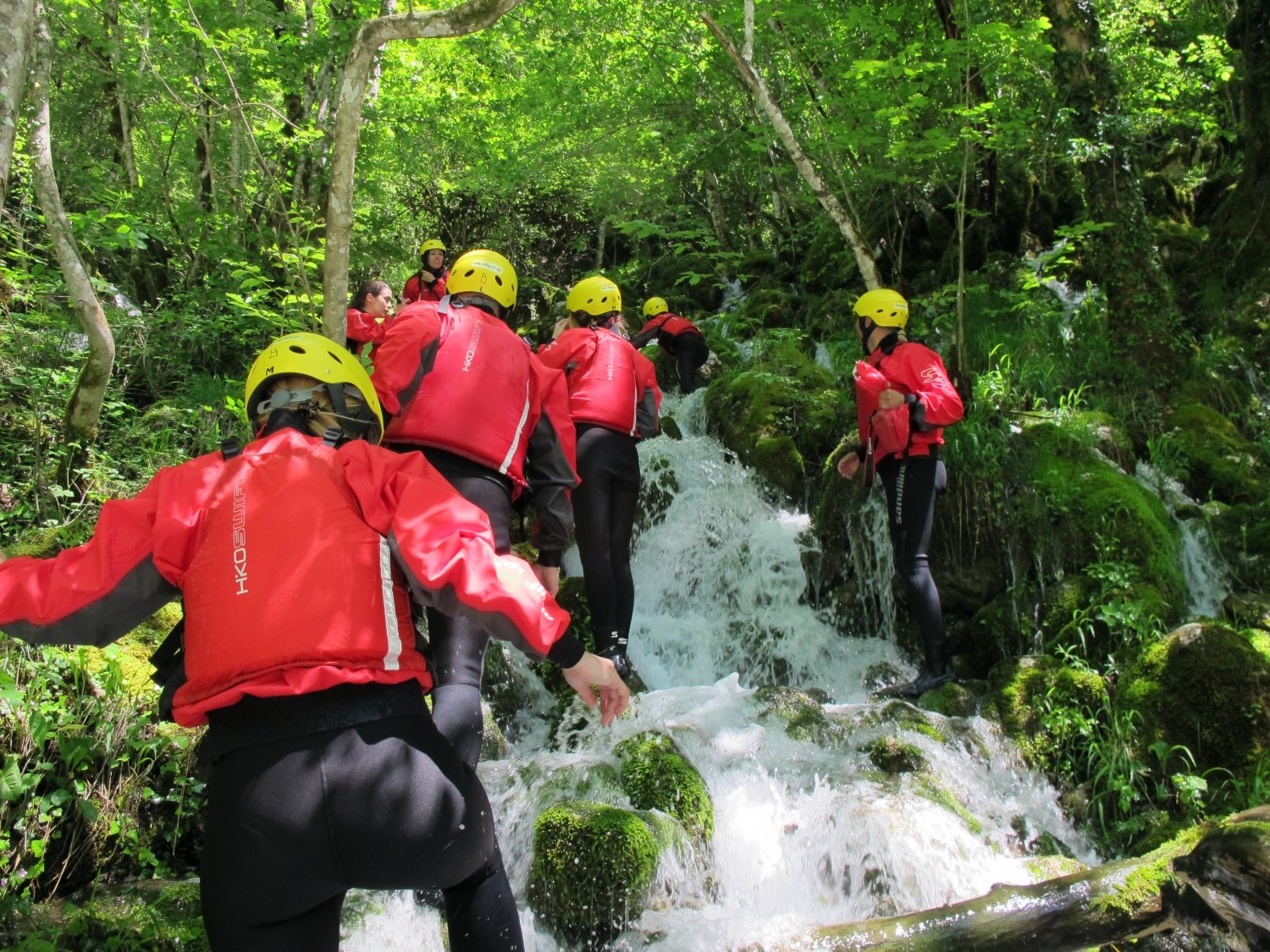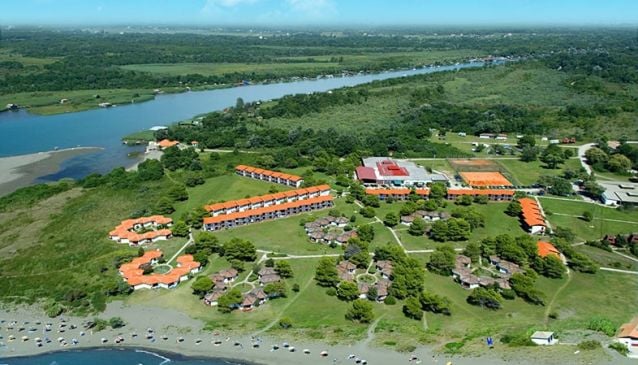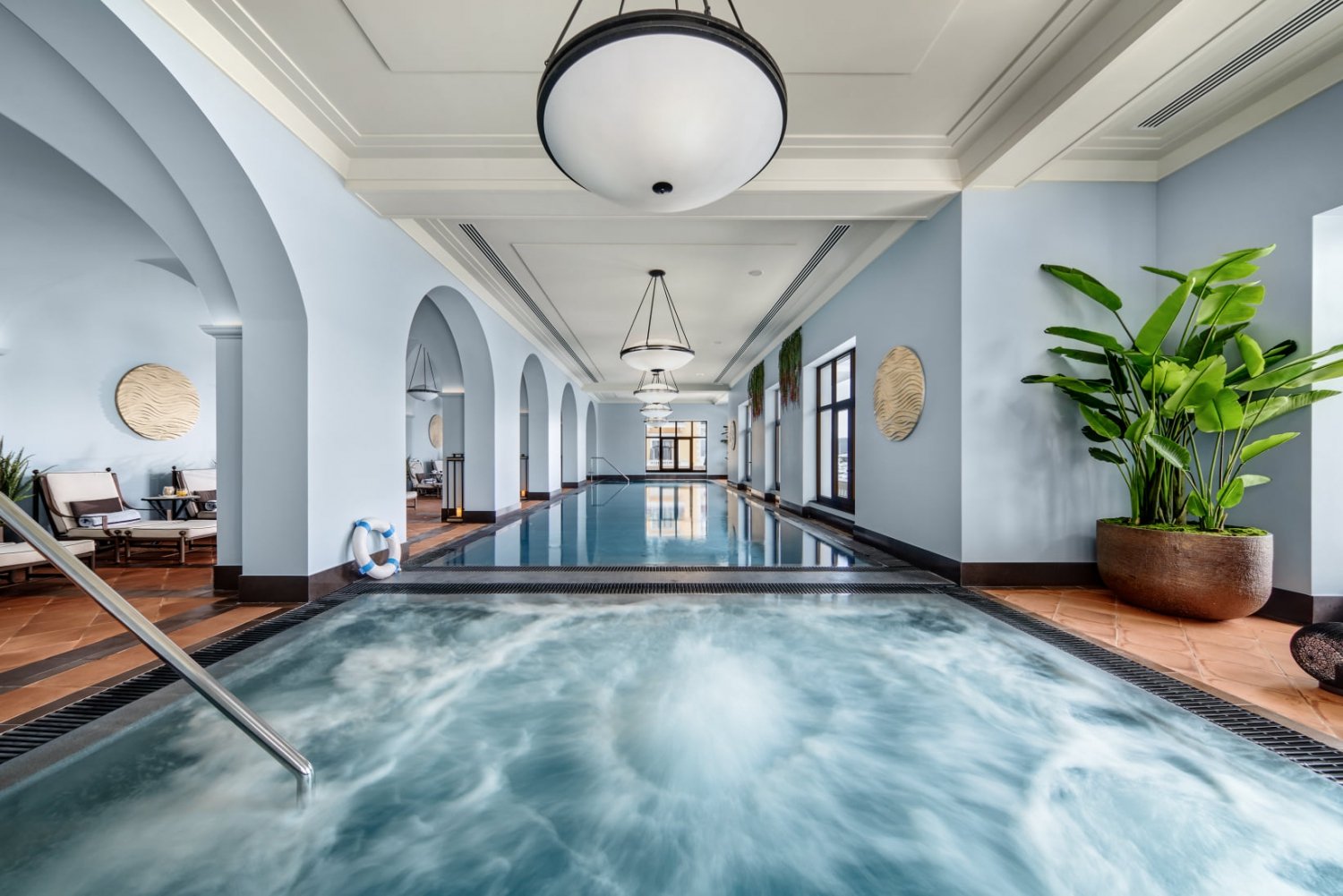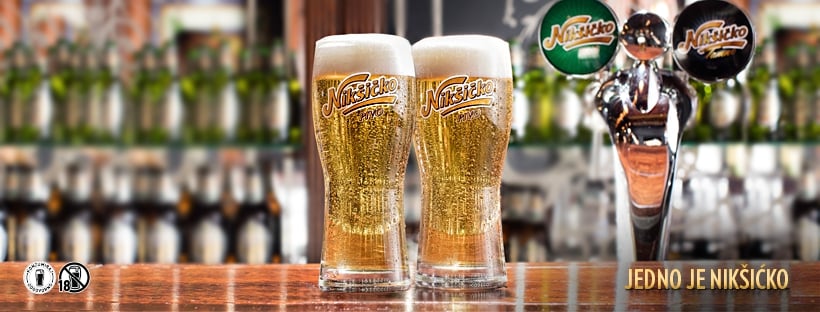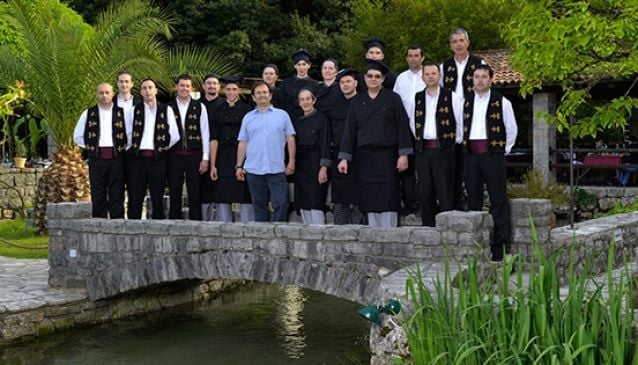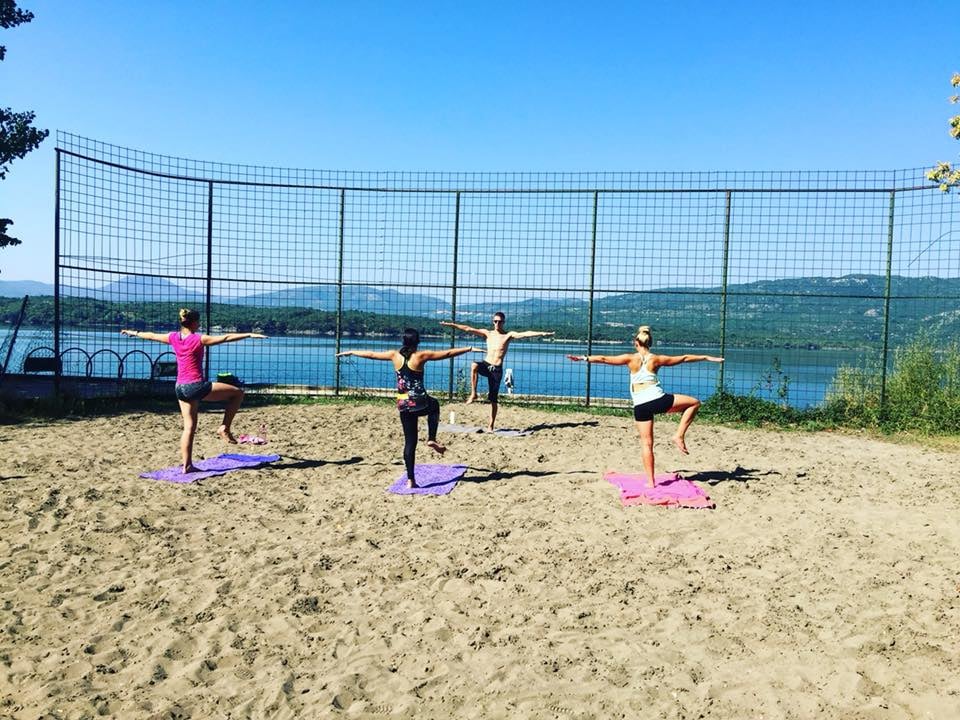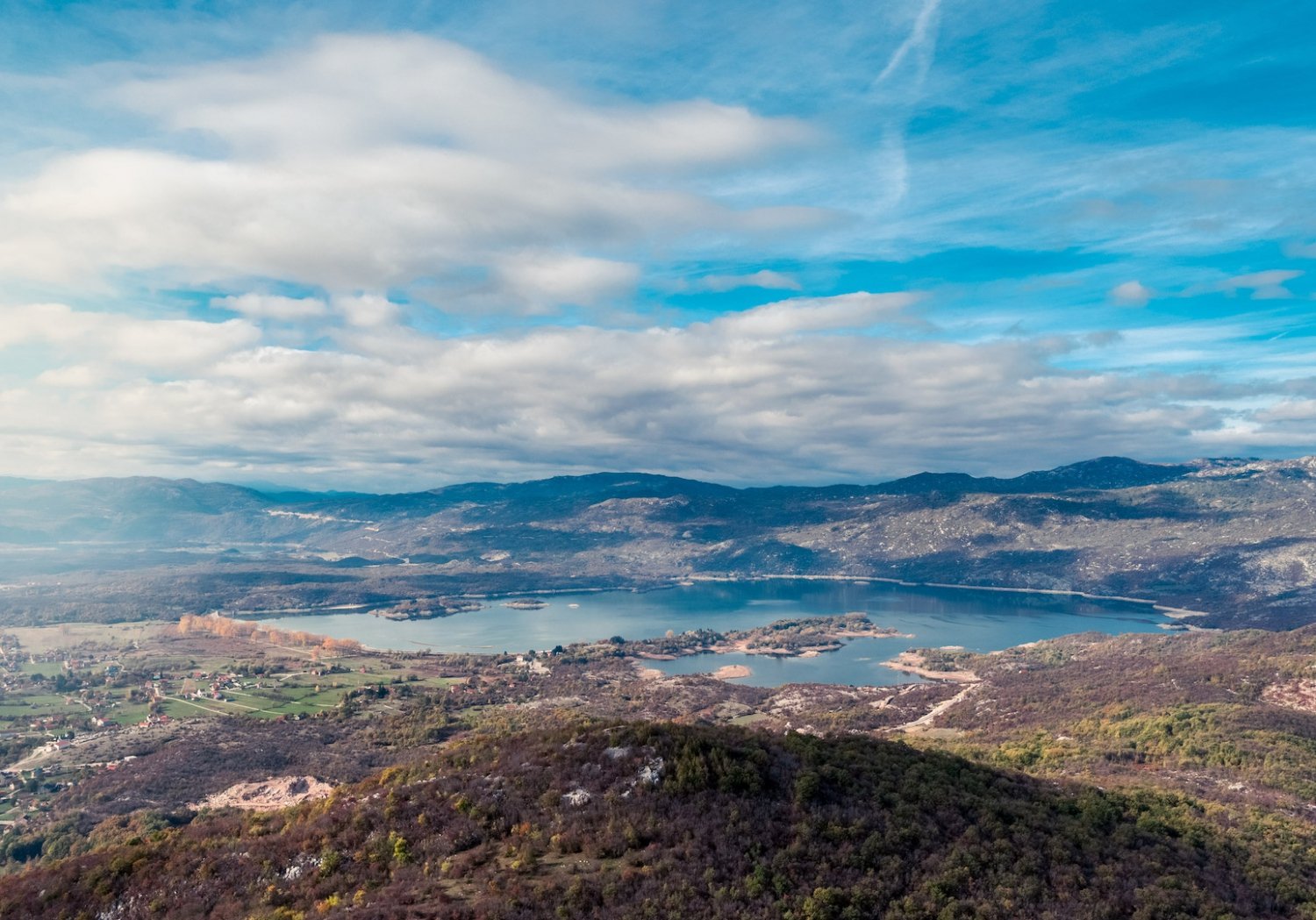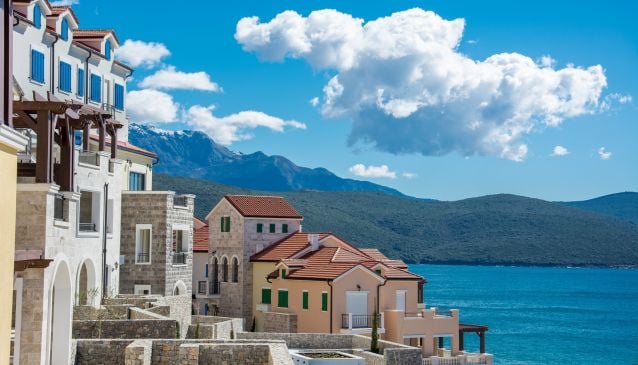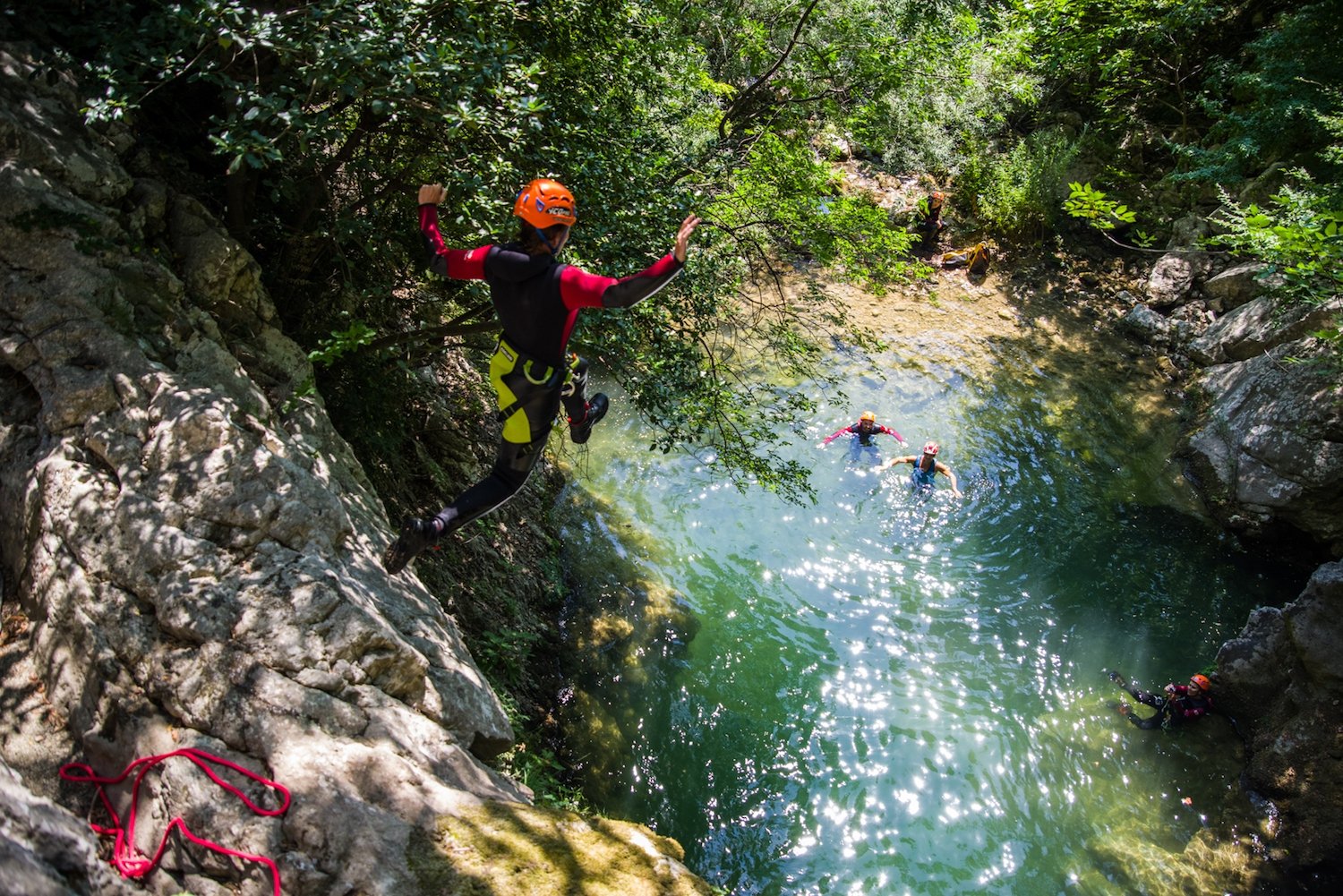North East Montenegro
Kolasin, Mojkovac, Bijelo Polje, Berane, Andrijevica, Plav and Gusinje
Kolašin is a town in north-east Montenegro. Visitors to the mountainous regions of Montenegro can stop here for shops, restaurants, and amenities that are available in this small town. It is the unofficial centre of the Morača region, which is named after the Morača River which flows from here towards Podgorica and it pours into Skadar Lake. The area is easily accessible by road and rail, and it is also a popular destination for people visiting the northeast of Montenegro. The train station in the town is part of the Belgrade-Bar route, and the two-lane motorway that offers road access runs 50 miles through to Podgorica, which has an international airport, and on through the various towns and villages along the Adriatic coast, but also on the opposite side to the north too. The altitude of Kolašin (954 metres) has led to the recognition of the town as an air spa, and there is a luxury health resort and spa located centrally in the town. The town is found at the foot of two mountains the Bjelasica and the Sinjajevina both of which offer sterling conditions for skiing and other winter sports activities such as snowboarding. Hikers and trekkers are also attracted to the area, due to the astounding views and well-established hiking trails that wind through the vast area of Northeast Montenegro.
23 kilometres from Kolašin, is located a little city of Mojkovac, that is also at the intersection of the main road connecting Montenegro’s coast and Podgorica with northern Montenegro. Historically, Mojkovac is famous for the battle of Mojkovac, in the First World War, where Montenegrin army defeated the superior Austro-Hungarian army in 1916. Today, it is a small town characteristic for rural tourism, with many amenities and traditional restaurants such as Restaurant Most, where you can taste some of the best Montenegrin delicacies.
Within the area is the Biogradska Gora National Park, which is 54 square kilometres of forest and mountain slopes with six glacial lakes. Biogradsko Lake is found at the entrance to the park. Though Biogradska Gora is the smallest national park in Montenegro, the area is abundant with a diverse array of plant life and wildlife, with approximately 220 different species of plant, 150 different species of bird, and 10 types of animal roaming the Biogradska region. The forest in this national park is one of the last virgin forests in Europe.
The road from Mojkovac that is leading towards Pljevlja, a town on the very north of Montenegro, connects the national park Biogradska Gora with the national park Durmitor. The town of Pljevlja the best represents the Montenegrin cultural diversity where Islamic and Christian communities live peacefully for centuries. Cultural symbols of the town are the Monastery of Holy Trinity and Husein Pasha Mosque. The Mosque was built in the 16th century and it represents a masterpiece of Oriental architecture where many manuscripts are kept.
Bijelo Polje lays in the valley divided by the river Lim, which with its length of 220 kilometres of rapids, streams and smaller rivers is perfect for drifting and many water sports. Near Bijelo Polje, in the Đalovića Valley, Đalovića Cave (Đalovića pećina) is located. At an altitude of 805 meters, so far around 18 kilometres of the cave have been explored, with huge potential for further speleological and scientific research. The cave will be soon open for touristic visits.
The river Lim continues to flow through Berane, which lies on its bank. Berane is one of the youngest cities that became part of Montenegro in 1912. It has a large number of archaeological sites which many tourists find attractive. It is the site of the memorial house of Duke Gavro Vuković, one of the most famous Montenegrin diplomats. The duke is buried next to the monastery Đurđevi Stupovi, built in the 13th century and burnt 5 times during history. This monastery is a centre for religious tourism in this region. Berane is also known for its winter tourism potential, especially for the lovers of mountain skiing and snowboarding who can enjoy the slopes of mountain Sinjajevina.
The untouched beauty of Northeast Montenegro offers holidaymakers and those who are there for tourism reasons a unique outdoor experience in one of the most unspoilt natural areas in the world. Many come to the area to ski or trek through the mountains and forests. There is a vast array of wildlife to be seen and there are guided treks offered from the towns in the northeast area of Montenegro. The revitalising air in the region has positive effects, and the taste of the Northeast Montenegro air will stick in the mind of the visitors, as it is uniquely clean and has replenishing and spa-like qualities.
Things to do:
- Hiking and mountaineering at Komovi and Prokletije
- Visiting cultural-historical places like the churches, mosques, and monasteries
- Visiting tourist resorts at the top of the mountains, called katuni
- Water sports on river Lim
- Winter sports at ski centre Kolašin
- Visiting small villages and churches in those and experiencing the local lifestyle




